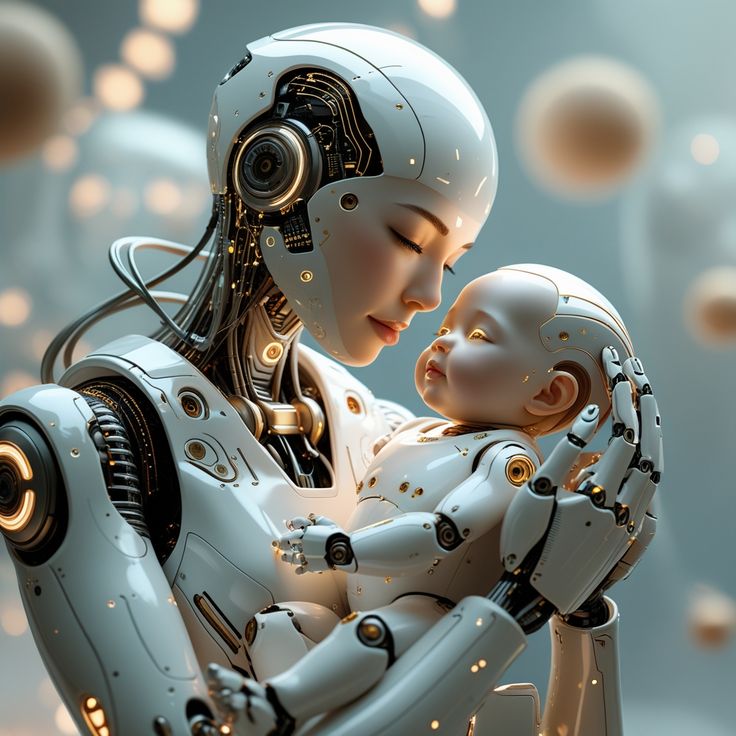
AI Creates Life as STAR Technology Revolutionizes Fertility Treatment
Jul 14, 2025 |
👀 122 views |
💬 0 comments
For one New York couple, 18 years of heartbreak, 15 failed IVF cycles, and a near-hopeless diagnosis have culminated in a modern medical miracle, all thanks to the power of artificial intelligence. In a world-first achievement, doctors at the Columbia University Fertility Center have announced the first successful pregnancy using an AI-powered system that can find viable sperm where the human eye sees none.
The couple had been navigating the immense challenges of severe male infertility, specifically a condition called nonobstructive azoospermia, where a man’s semen contains no measurable sperm. After years of searching and countless disappointments, they became the first to benefit from a revolutionary technology called STAR.
STAR, which stands for Sperm Tracking and Recovery, is a groundbreaking system developed over five years by a team led by Dr. Zev Williams, director of the fertility center. In a stroke of interdisciplinary genius, the technology was inspired by the same algorithms astrophysicists use to find new stars and planets in the vastness of space.
Instead of searching the cosmos, STAR searches for life on a microscopic scale.
"We're using the same technologies that are used to search for life in the universe to help create new life right here on Earth," Dr. Williams stated in a release.
Here’s how it works: A semen sample, which to a highly trained embryologist might look like a "sea of cellular debris," is placed on a microfluidic chip. A high-speed camera then captures over 8 million microscopic images in under an hour. The AI, trained on countless images, then meticulously scans this massive dataset, hunting for the tell-tale shape of a single, viable sperm cell.
The results are astonishing. In one test case, human embryologists searched a sample for two full days and found nothing. The STAR system scanned the same sample and identified 44 sperm in just one hour.
Once the AI identifies a sperm, a robotic system gently isolates it, preserving its viability for use in an IVF procedure. This non-invasive method is a game-changer, offering an alternative to painful surgical sperm extraction, which carries its own risks and doesn't always guarantee success.
For the couple at the center of this story, who wished to remain anonymous, the STAR system found three viable sperm. Those three cells were enough. Their IVF cycle in March 2025 was a success, and the baby is now due in December.
"It took me two days to believe I was actually pregnant," the mother-to-be said in a statement. "I still wake up in the morning and can't believe if this is true or not."
While currently only available at Columbia University, the STAR system, which costs under $3,000 for the procedure, represents a beacon of hope. It's a powerful demonstration of how artificial intelligence is not just a tool for productivity, but a technology capable of solving some of humanity's most ancient and profound challenges, offering a chance at life where once there was none.
🧠 Related Posts
💬 Leave a Comment
